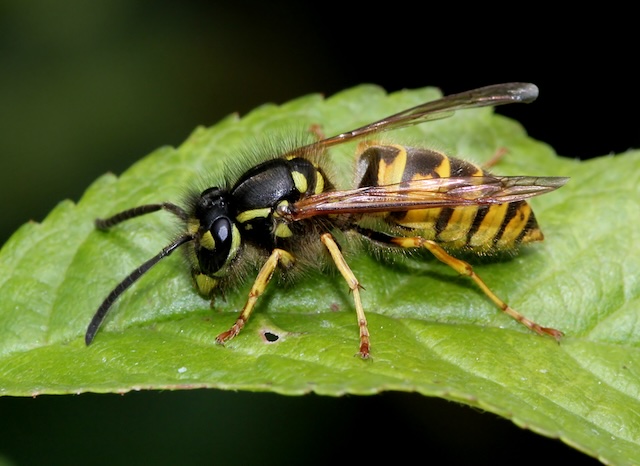Even though wasps are very important to environments, getting too close to them can be painful. It’s important to know how to avoid getting stung when you’re at an outdoor event, on a picnic, or just relaxing in your yard. If you follow these useful wasp safety tips, you can enjoy being outside without worrying about getting stung.
1. Be smart about the colours you pick: Watch out for wasps in your closet.
Stay away from bright colours. Wasps are drawn to bright colours, especially flower colours. Choose bland and light-colored clothes to make them less interested.
2. No-Smell Zone: Smells that wasps don’t like
Wasps can smell strong smells, so stay away from them. Do not use perfumes, lotions, or hair products that have strong scents.
3. Stay calm and still; don’t move quickly.
Move slowly: If a wasp is nearby, don’t move quickly. People may see jerky actions as dangerous, which makes them act defensively.
4. Cover your food and drinks: keeping your snacks safe
Use lids and covers: If you’re eating outside, cover your food and drinks to keep wasps away. Use plastic food covers to protect food while still letting you see what’s inside.
5. Watch what you throw away: keep trash and leftovers safe.
Tightly Close Trash Cans: To keep wasps from looking for food, make sure that trash can lids are closed tightly. Get rid of food waste right away to keep smells from being appealing.
Choosing a Smart Spot: How to Stay Away from Hotspots
Avoid Nests: Pay attention to your surroundings. Stay away from places where wasps are flying around, and stay away from places where they might be nesting, like eaves, roof spaces, and wall openings.
7. Stay hydrated inside; watch out for drink hazards
Use Clear Cups: If you’re drinking outside, choose clear cups. Wasps are drawn to drinks with a lot of sugar, and the clear cup lets you keep an eye out for unwanted guests.
8. Educate Children: Teach Wasp Awareness
Teach Children to Be Gentle: Teach kids how important it is to stay calm around wasps and not move quickly.
9. Plan your time spent outside around when wasps are most active.
*Early Morning or Late Afternoon: *Plan outdoor activities for times when wasps are less likely to be around, like early morning or late afternoon.
10. Be ready for emergencies: carry a wasp sting kit
First Aid Kit: *Bring a small first aid kit with you that has the basics, like pain killers, antihistamines, and sting relief cream in case you get stung by something.
11. Be careful when you share food; share wisely
Limit Sweet Foods: *Be careful with sweet treats when sharing food. Wasps are drawn to sweet things, so giving them sweets can get their attention.
12. Do not move if someone approaches; do not swatte.
Stay cool: *If a wasp comes up to you, don’t move and stay cool. A defensive reaction can happen when you swatted. Let the wasp go away on its own.
13. Plan how you use wasp traps: take their attention away from the traps
Strategic Placement: *If you’re having an outdoor event, you might want to put wasp traps in a way that keeps them away from the main area where people are meeting.
14. Professional Nest Removal: Get Help from a Professional
Preventative Steps: *If you find wasp nests near your home, get professional help to get rid of them in a safe and effective way. This will lower the risk of getting stung.
By following these wasp safety tips when you’re outside, you can lower your risk of getting stung and make the area safer and more fun. By learning about how wasps behave and taking steps to avoid them, you can live with these helpful bugs without worrying about running into them.
